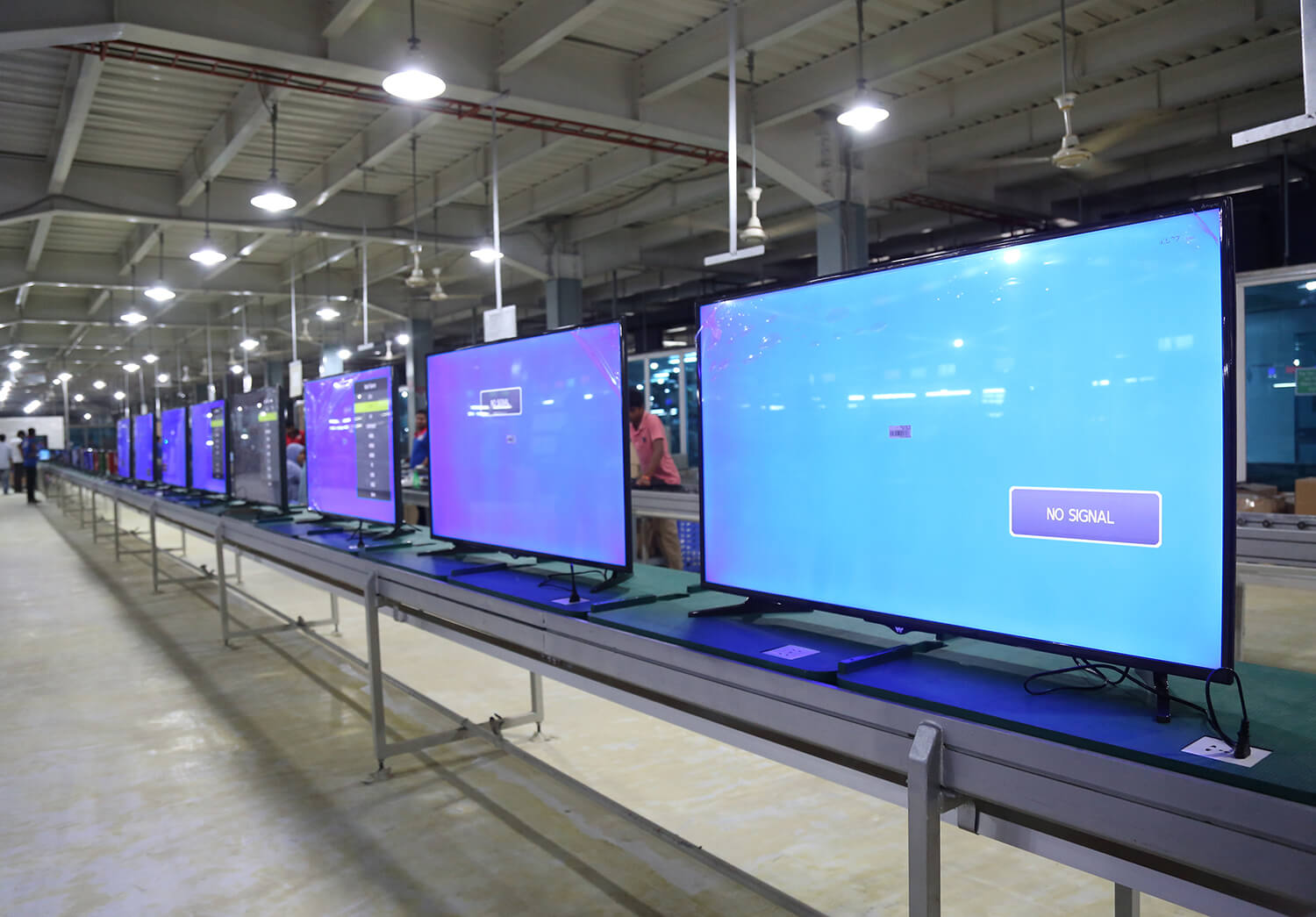The Power Efficiency of Memory LCD Displays in Always-On Industrial Interfaces

Remote monitoring systems, battery-powered sensors, and portable control devices all share one critical requirement: energy efficiency. Every milliwatt matters when systems are deployed in locations where frequent charging or power cycling isn't practical. A memory LCD display provides a unique advantage in such scenarios by combining long battery life with excellent visibility, even in always-on operation.
This display technology addresses one of the core challenges of industrial and field electronics: maintaining a real-time display without draining the system. With performance that supports constant data readability and minimal refresh needs, memory LCDs are changing the way low-power electronics communicate vital information.
What Are Memory LCD Displays?
A memory LCD display is a hybrid flat-panel technology that bridges the performance of traditional LCDs with the ultra-low power usage of e-ink. These displays maintain their current image without requiring constant screen refreshes. Each pixel contains its own memory, allowing the screen to hold static images without continuous data updates or backlight power.
This makes low power displays ideal for devices that need to display content persistently but only update it periodically, such as digital tags, field monitoring devices, or wearables.
How Memory-in-Pixel Technology Works
The secret behind the efficiency of memory in pixel displays lies in their architecture. Each pixel has a built-in memory circuit that stores its current state. Rather than refreshing the entire display frequently, only the pixels that change are updated. This drastically reduces energy consumption during idle states.
Because the technology doesn't require a full-frame refresh to maintain a static image, low power LCD display systems benefit from quicker wake-up times and significantly lower overall power draw, especially when screen updates are infrequent.
Benefits for Always-On Applications
Industrial interfaces often run continuously, displaying operational data, alerts, or identifiers. With memory LCDs, the display remains always visible, yet energy usage remains minimal. This makes low power displays highly effective in battery-dependent applications where screen content changes occasionally but needs to be readable at all times.
The sharp contrast and wide viewing angles of memory LCDs also improve usability in varied lighting conditions, which is crucial for handheld and mobile devices in industrial or outdoor settings.
Use Cases: Wearables, Sensors, Field Devices
Wearables benefit from memory LCD display technology due to its ultra-thin profile and efficiency. Whether it’s for patient tracking, environmental sensing, or logistics tags, these displays can run for extended periods without charging. Field instruments, utility meters, and remote sensors also rely on low power LCD display systems to maintain data visibility without consuming high power.
E3’s Low Power LCD Options
E3 Displays delivers customized memory in pixel displays designed for performance in energy-sensitive environments. Each display is engineered with application-specific requirements in mind, offering form factors and interface options that meet the needs of OEMs in medical, industrial, and defense sectors. With high readability, low-voltage operation, and long-term reliability, E3’s low-power displays support seamless integration in mission-critical applications.
Efficiency Meets Performance in Energy-Sensitive Designs
Minimizing energy consumption without compromising functionality is essential for modern industrial and portable systems. The memory LCD display is a smart solution for always-on interfaces that demand high visibility with low energy draw. E3 Displays develops custom low-power LCD display systems that strike the ideal balance between efficiency and real-world performance.
Partner with E3 Displays to integrate energy-saving memory-in-pixel displays into your next project.
-
December 23, 2025

.png)
-1.png)
.png)
.png)
.png)